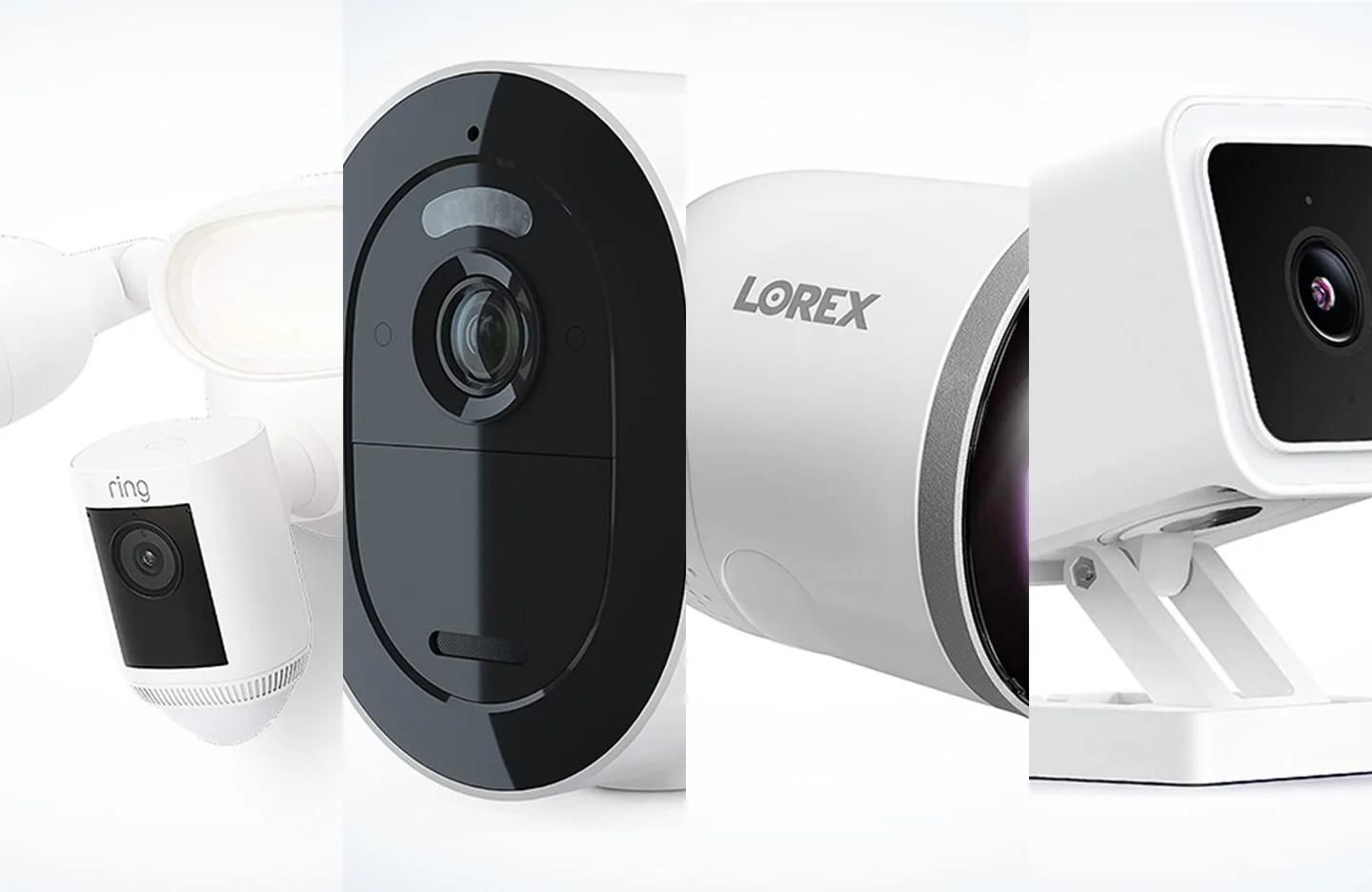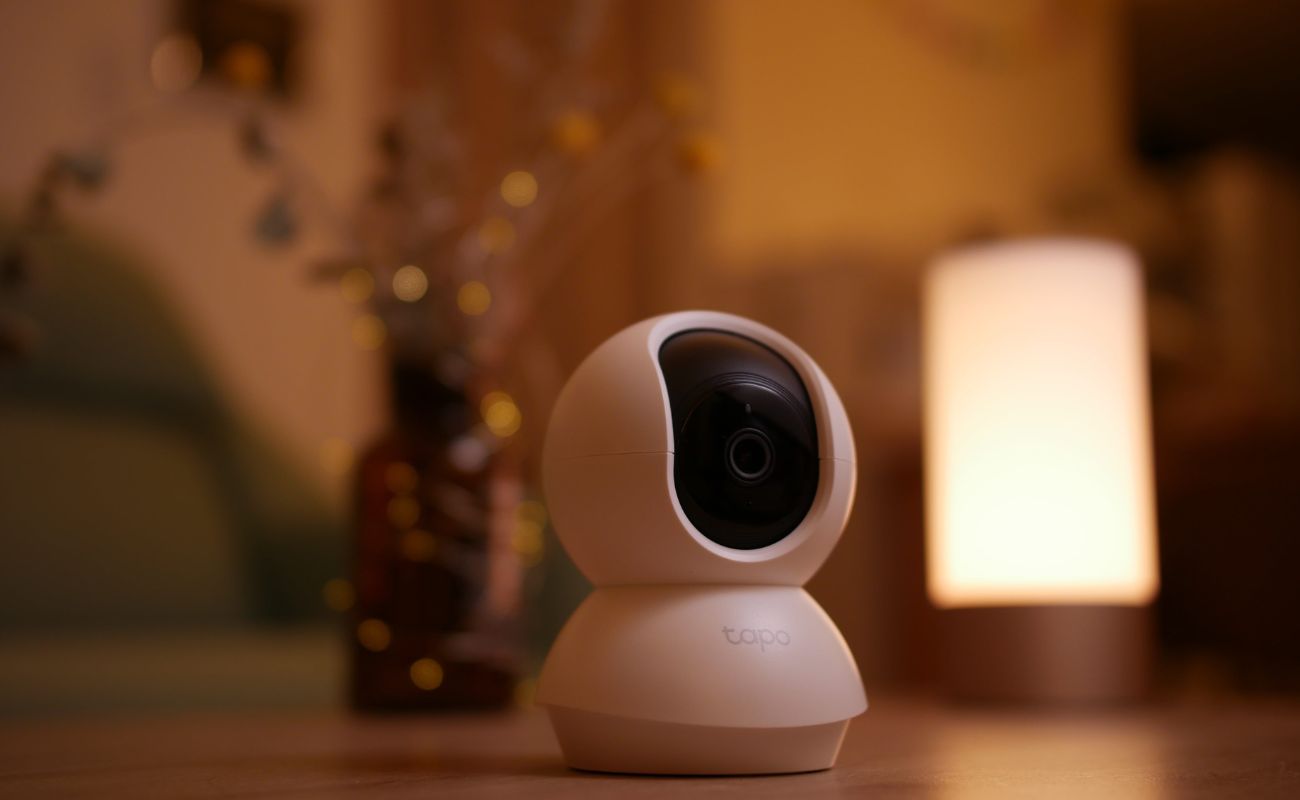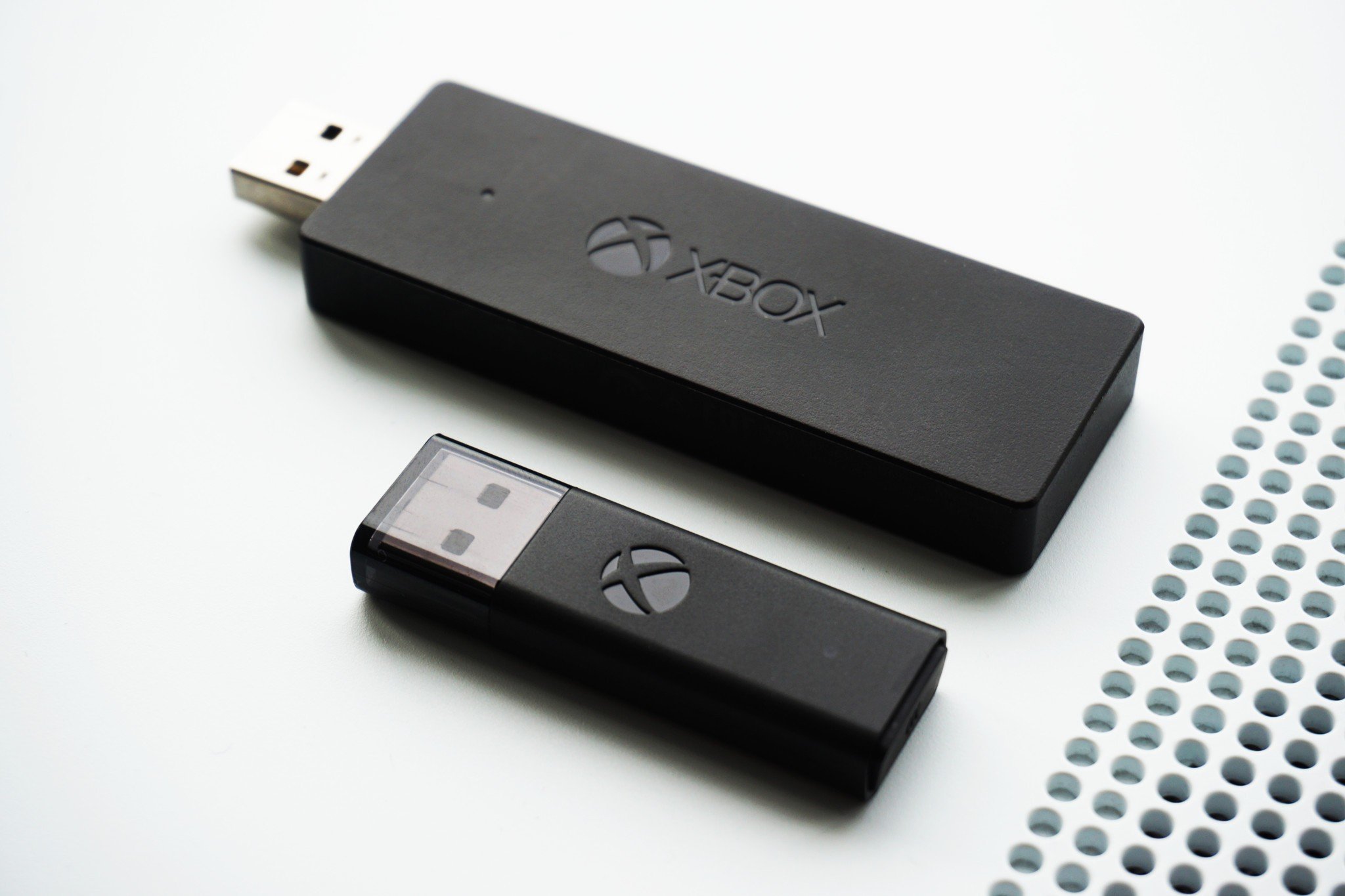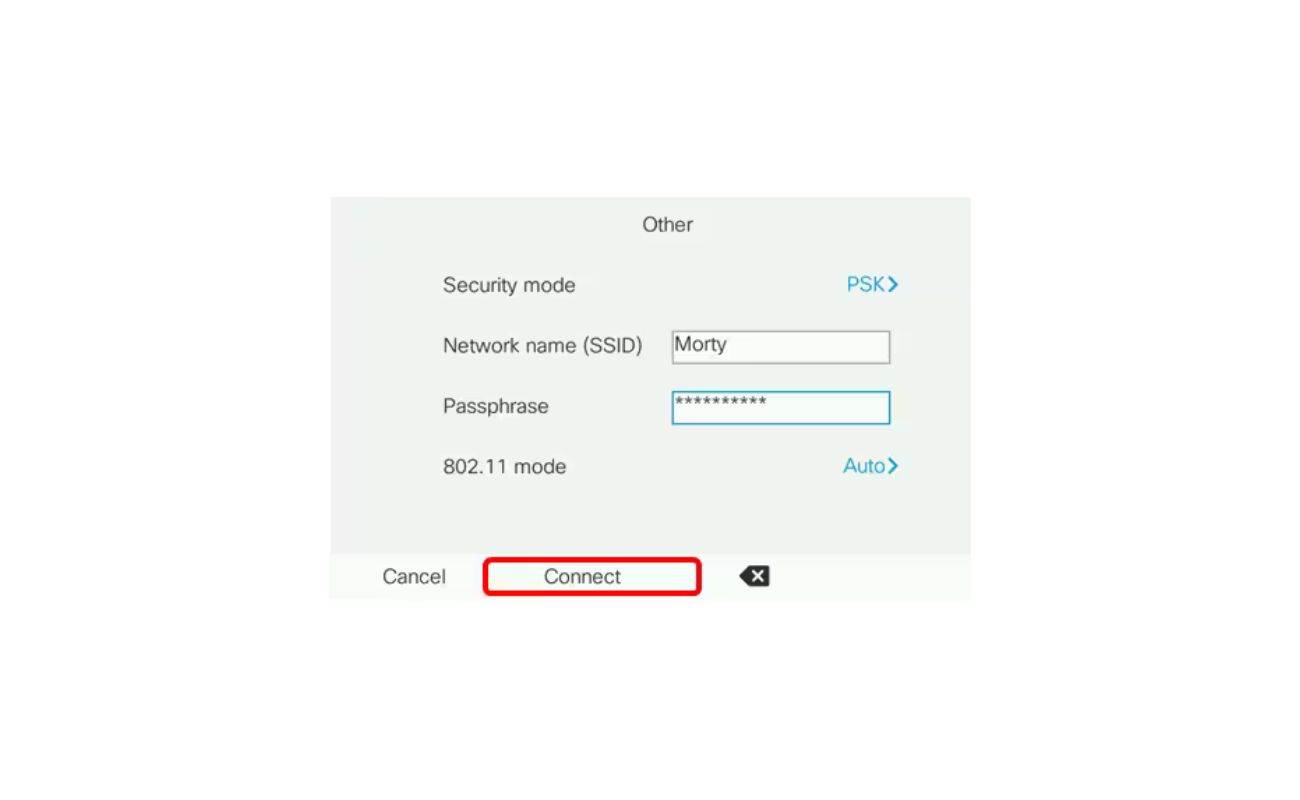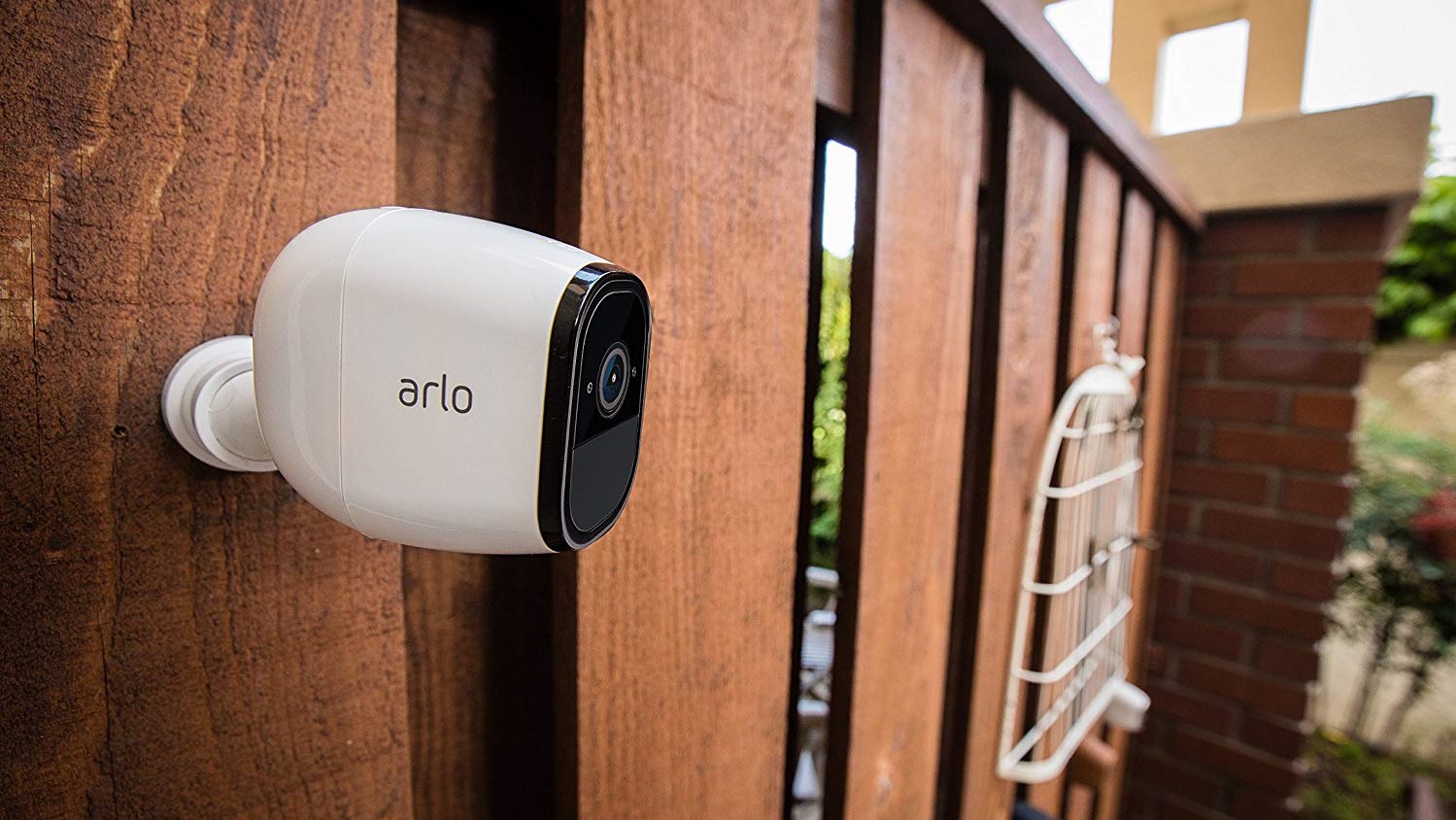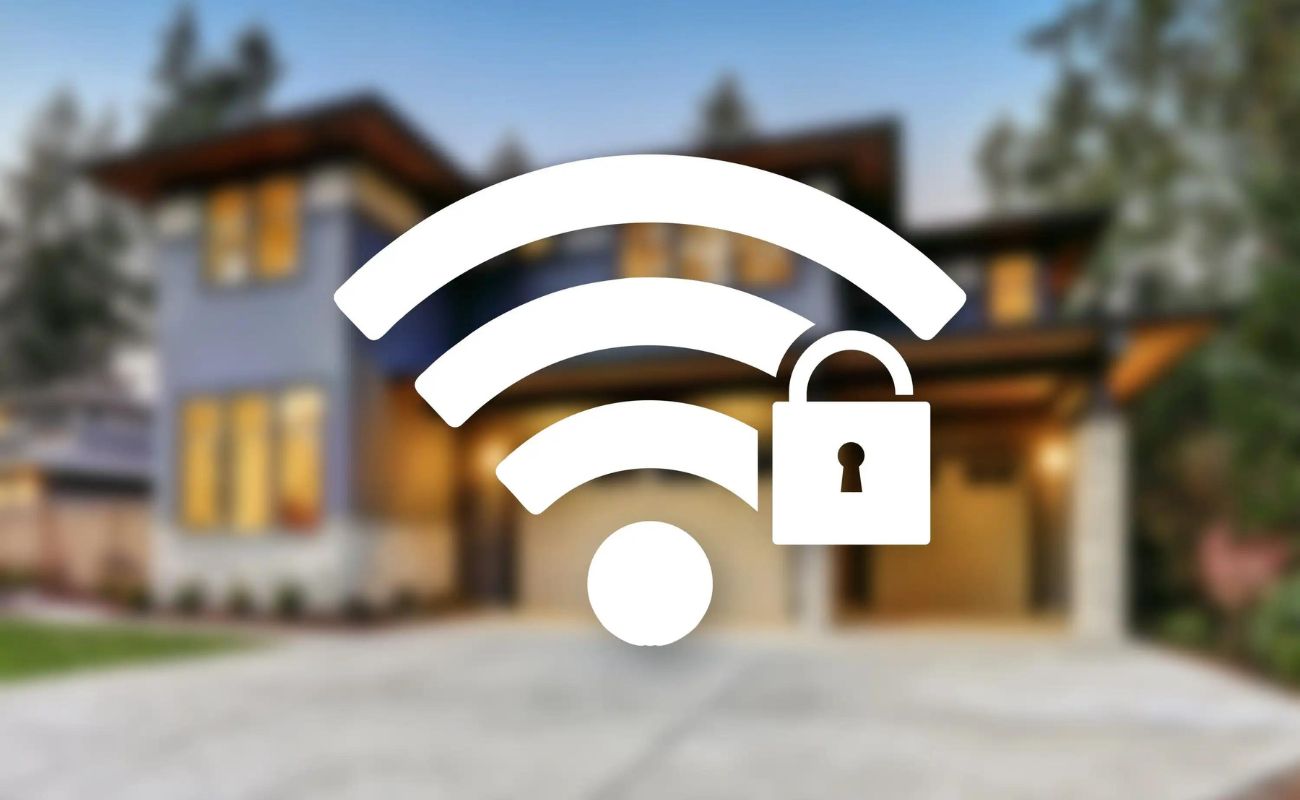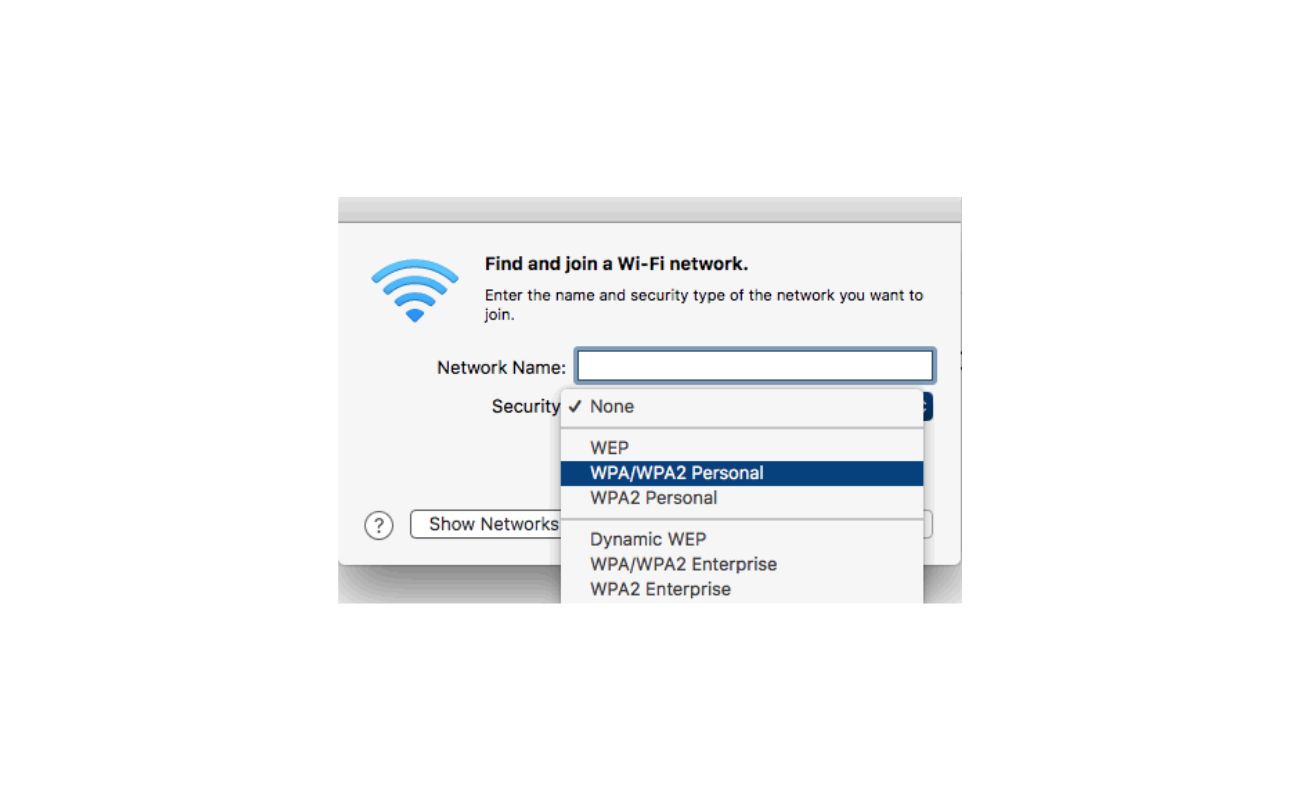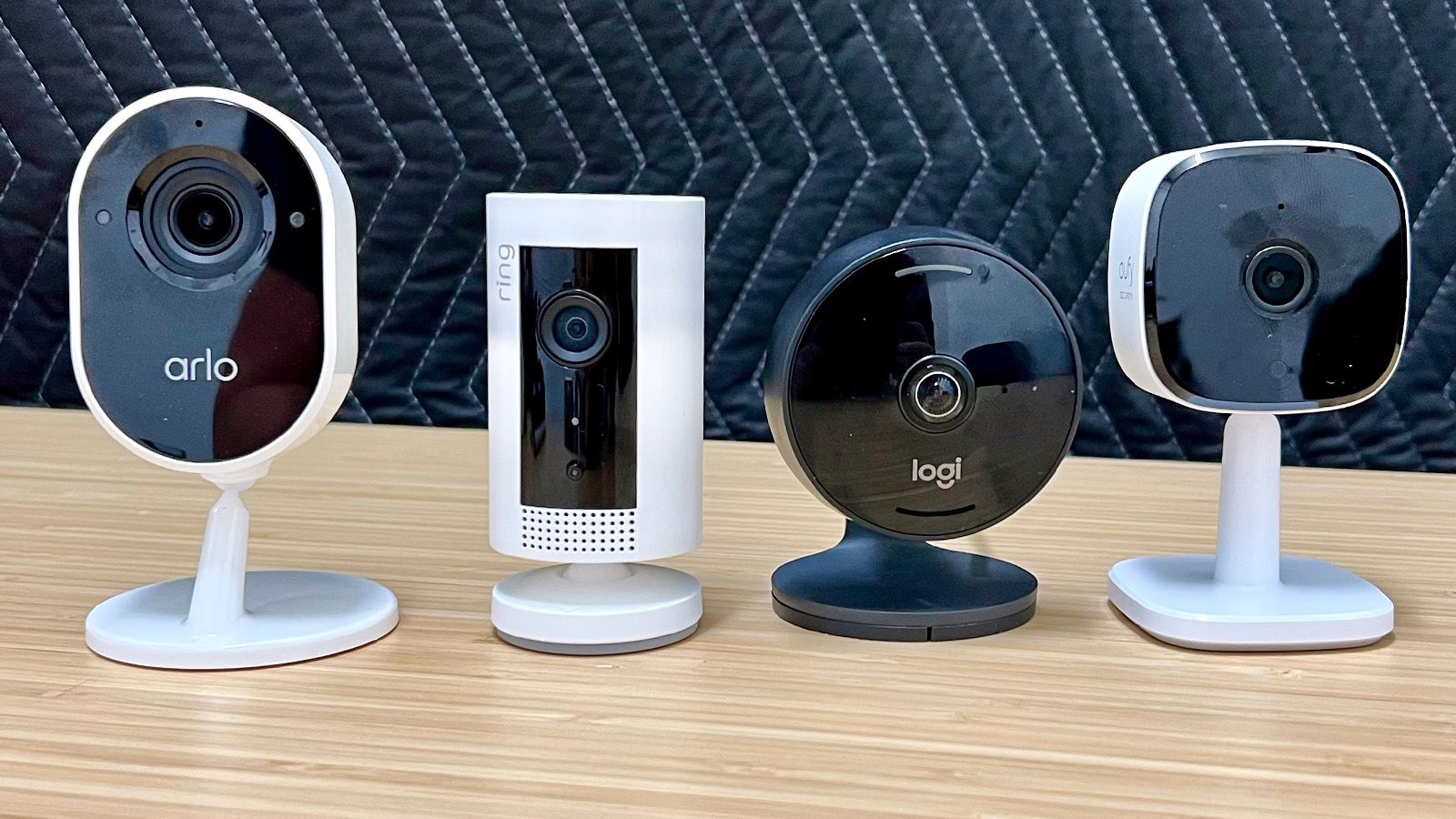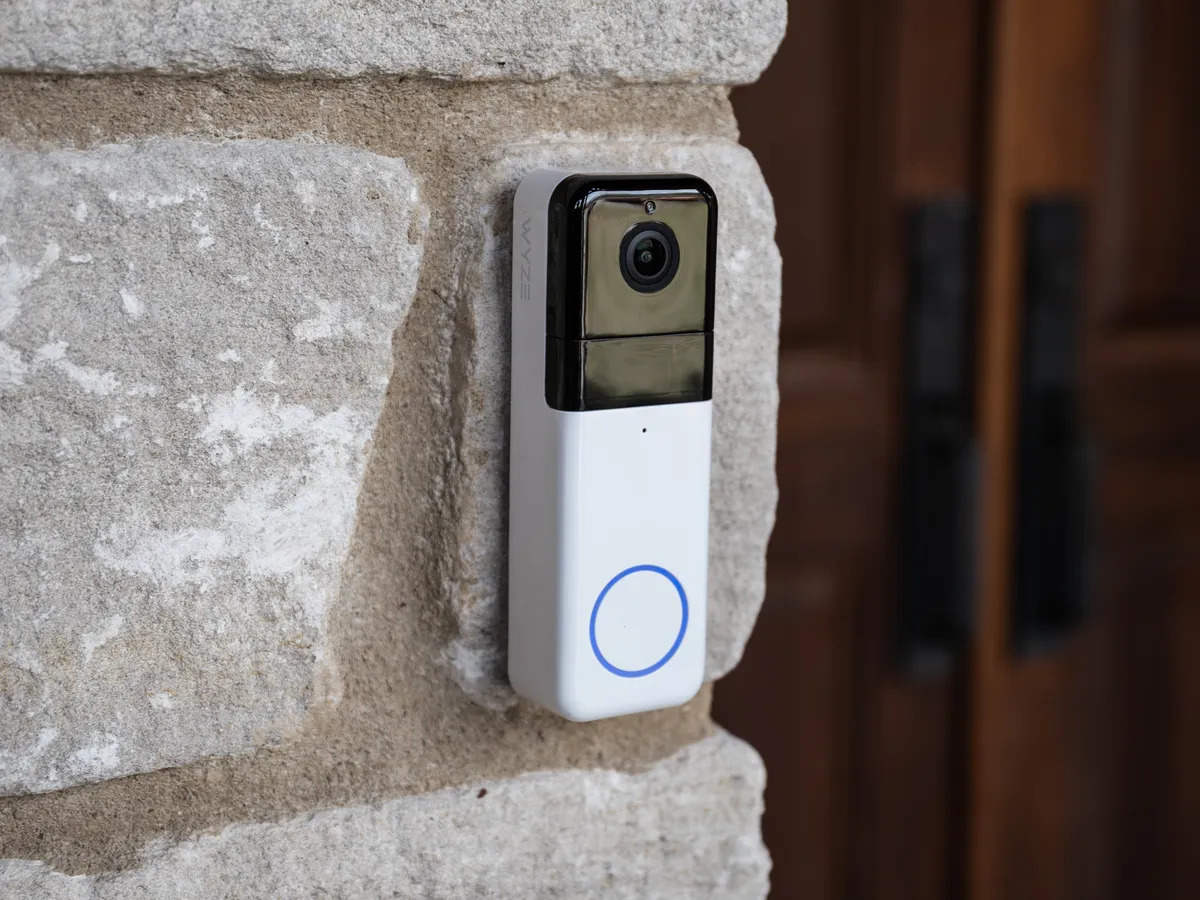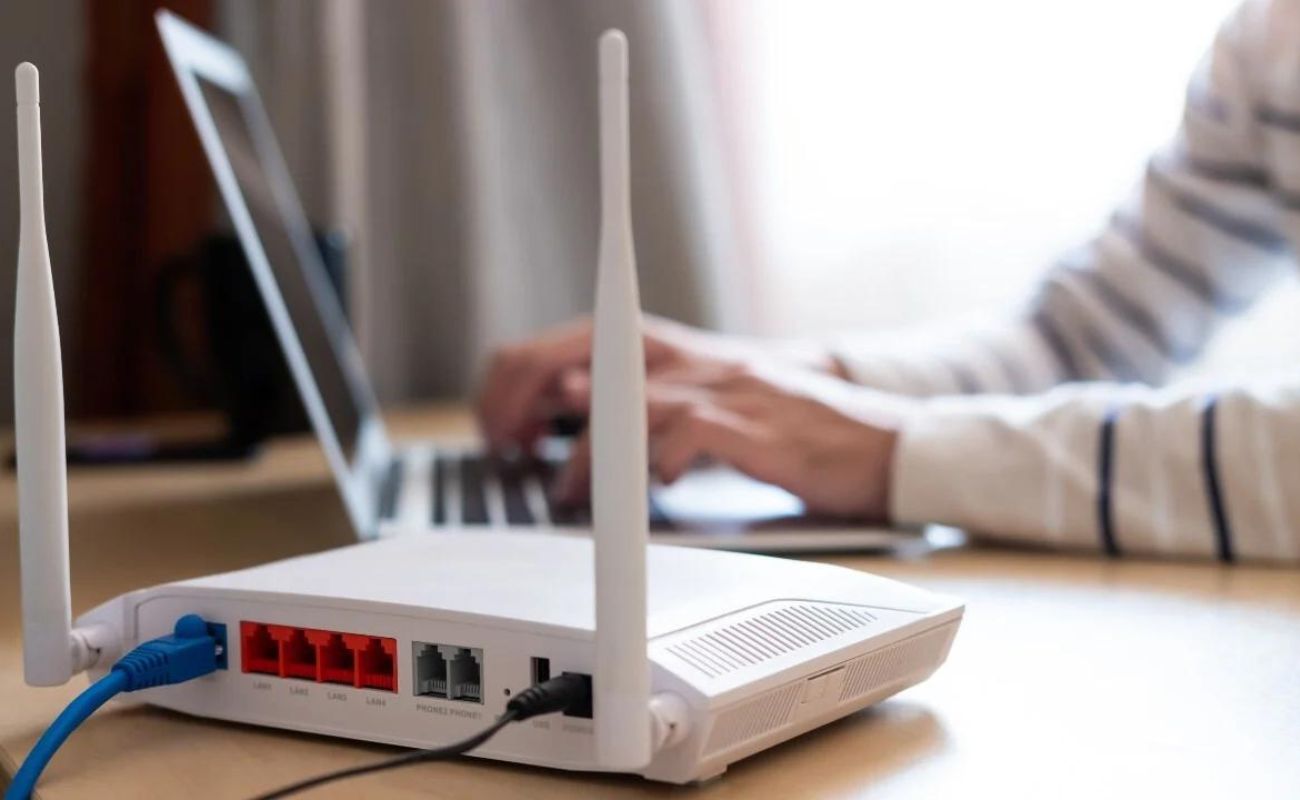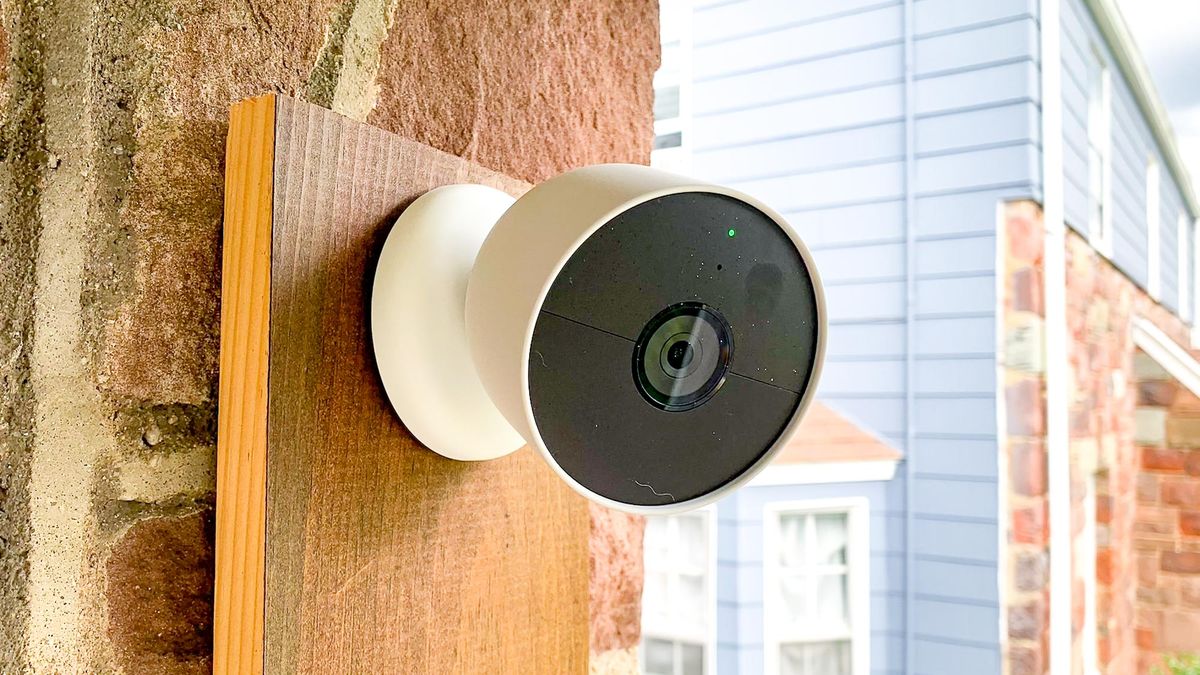Home>Home Security and Surveillance>What Type Of Wireless Security Is Best
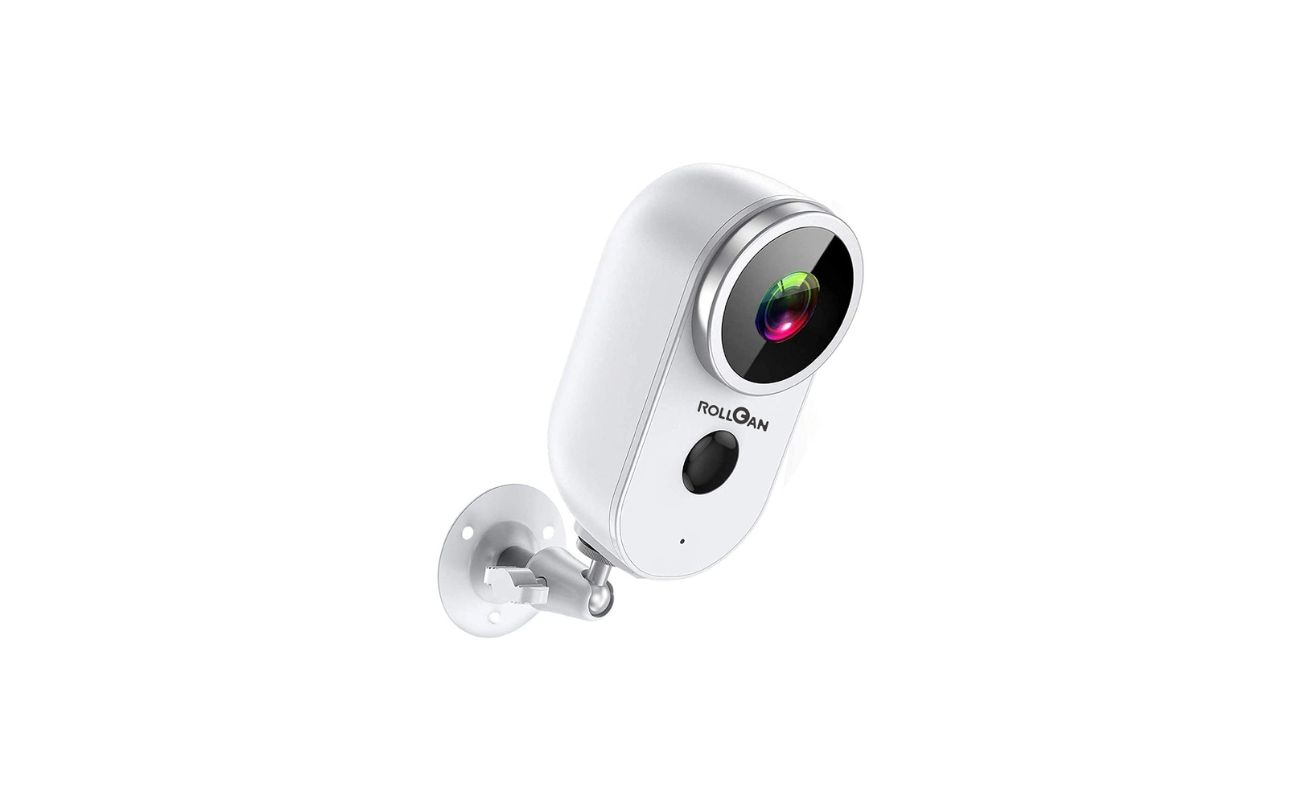

Home Security and Surveillance
What Type Of Wireless Security Is Best
Modified: March 6, 2024
Discover the best wireless security options for home security and surveillance. Learn about the latest advancements in home security technology and choose the right system for your needs.
(Many of the links in this article redirect to a specific reviewed product. Your purchase of these products through affiliate links helps to generate commission for Storables.com, at no extra cost. Learn more)
Introduction
Welcome to the world of home security and surveillance, where the safety and protection of your home and loved ones are of paramount importance. In today’s rapidly evolving technological landscape, wireless security systems have emerged as a popular choice for homeowners. With the convenience and flexibility they offer, wireless security systems have revolutionized the way we protect our homes.
In this article, we will explore the different types of wireless security systems available and discuss the factors to consider when choosing the best option for your home. Whether you are a tech-savvy homeowner or a novice in the world of home security, we aim to provide you with valuable insights that will empower you to make an informed decision.
Before we delve into the intricacies of wireless security, let’s first understand the basic difference between wired and wireless security systems.
Key Takeaways:
- Choose WPA2 or WPA3 for strong wireless security. Consider compatibility, ease of use, and remote monitoring for the best protection against cyber threats.
- Enhance your wireless security with a VPN for added privacy and protection. Look for strong encryption, device compatibility, and reliable customer support.
Read more: What Is The Best Wireless Security Camera
Wired vs. Wireless Security Systems
When it comes to home security systems, the first decision you need to make is whether to go with a wired or wireless system. Both options have their pros and cons, so it’s important to understand the differences before making a choice.
Wired security systems, as the name suggests, use physical cables to connect the various components of the system. These cables transmit data and power between the control panel, sensors, and cameras. One of the main advantages of wired systems is their reliability. Since they are not subject to wireless interference, they tend to have a more stable and consistent connection. Additionally, wired systems are not susceptible to hacking or signal interception, making them a secure option.
On the other hand, wireless security systems use wireless technology, such as Wi-Fi or cellular networks, to connect the components of the system. This eliminates the need for physical cables and allows for easier installation and flexibility in device placement. Wireless systems are also more scalable, as you can add or remove devices without the hassle of rewiring. However, wireless systems can be vulnerable to signal interference and hacking if proper security measures are not in place.
So, which option is best for you? It ultimately depends on your specific needs and preferences. If you value reliability and security, a wired system may be the way to go. However, if you prioritize convenience, flexibility, and scalability, a wireless system may be a better fit.
Now that we understand the difference between wired and wireless security systems, let’s explore the different types of wireless security that are available.
Different Types of Wireless Security
Wireless security systems offer various types of security protocols that ensure the protection of your data and network. Let’s take a closer look at some of the common types of wireless security:
- WEP (Wired Equivalent Privacy): WEP was the first wireless security protocol introduced and is now considered outdated and insecure. It uses a static encryption key to secure your network, but it can be easily cracked by determined hackers.
- WPA (Wi-Fi Protected Access): WPA addressed the vulnerabilities of WEP and introduced stronger encryption methods. It uses a dynamic encryption key, which provides better security than WEP. However, it is still susceptible to attacks if weak passwords are used.
- WPA2 (Wi-Fi Protected Access 2): WPA2 is currently the most widely used wireless security protocol. It offers stronger encryption methods, making it significantly more secure than WPA. WPA2 is highly recommended for home security systems as it provides a high level of protection against unauthorized access.
- WPA3 (Wi-Fi Protected Access 3): WPA3 is the latest and most advanced wireless security protocol. It offers enhanced security features, including stronger encryption and protection against brute-force attacks. While WPA3 is relatively new, it is gradually gaining popularity and is expected to become the standard for wireless security in the near future.
- VPN (Virtual Private Network): While not exclusive to wireless security, a VPN can be used in conjunction with a wireless security system to add an extra layer of protection. A VPN creates a secure connection by encrypting your data and routing it through a remote server, making it difficult for hackers to intercept your network traffic.
Each of these wireless security protocols offers different levels of protection. It’s important to choose a security system that supports the latest and most secure protocols, such as WPA2 or WPA3, to ensure the highest level of data security for your home network.
Now that we have explored the different types of wireless security, let’s discuss the factors to consider when choosing the best wireless security option for your home.
WEP (Wired Equivalent Privacy)
WEP, which stands for Wired Equivalent Privacy, was one of the earliest wireless security protocols introduced in the late 1990s. While it was originally intended to provide a level of security comparable to that of a wired network, it is now considered outdated and insecure.
WEP uses a static encryption key to secure your wireless network. The key can be either 64 bits or 128 bits in length and is shared between the wireless access point (router) and the devices connected to the network. However, the static nature of the encryption key is one of the major weaknesses of WEP.
One of the key vulnerabilities of WEP is its susceptibility to key cracking. Unlike modern security protocols, WEP uses a weak encryption algorithm that can be easily decrypted by determined hackers. This means that even with a strong encryption key, an attacker can potentially access your network and intercept your data.
Another weakness of WEP is its weak authentication process. WEP uses a shared key authentication scheme, where all devices on the network must have the same encryption key. This makes it difficult to manage individual user access, and it also puts the entire network at risk if the shared key is compromised.
Furthermore, WEP lacks the capability to detect and prevent unauthorized access attempts. It does not have robust mechanisms to identify and block malicious devices or users trying to gain unauthorized access to your network. This puts your network at risk of unauthorized use and potential data breaches.
Due to its security vulnerabilities and the availability of more advanced and secure alternatives, it is highly recommended to avoid using WEP for your wireless security system. Instead, opt for more modern protocols such as WPA2 or WPA3, which address the weaknesses of WEP and provide stronger encryption and authentication methods.
It is important to note that while WEP may still be supported by some older devices, using it compromises the overall security of your network. It is always better to upgrade your devices and router to support more modern and secure wireless security protocols.
Now that we understand the weaknesses of WEP and its outdated nature, let’s move on to explore the next type of wireless security: WPA (Wi-Fi Protected Access).
WPA (Wi-Fi Protected Access)
Wi-Fi Protected Access, commonly known as WPA, is a wireless security protocol that was introduced as an improvement over the vulnerable WEP protocol. It aimed to address the weaknesses of WEP and provide a higher level of security for wireless networks.
One of the main improvements of WPA over WEP is the use of a dynamic encryption key. Unlike the static encryption key used in WEP, WPA uses a unique encryption key for each data packet transmitted over the network. This dynamic key makes it significantly more difficult for attackers to crack the encryption and gain unauthorized access to your network.
WPA also introduced stronger encryption algorithms, such as Temporal Key Integrity Protocol (TKIP). TKIP dynamically changes the encryption keys for each data packet, making it even more challenging for attackers to intercept and decipher the data. Additionally, WPA includes a Message Integrity Check (MIC) feature, which helps detect any tampering or modification of the data during transmission.
Another vital security enhancement introduced by WPA is the use of stronger authentication methods. WPA offers two authentication options: Pre-Shared Key (PSK) and Enterprise. With PSK, users must enter a password (also known as the passphrase or pre-shared key) to connect to the network. This adds an extra layer of security by ensuring that only authorized users with the correct password can access the network.
Despite the improvements, WPA still has some vulnerabilities, primarily related to weak passwords. If a weak or easily guessable password is used, an attacker can still potentially gain access to the network. It is essential to use strong, complex passwords that are not easily guessable to mitigate this risk.
It is worth noting that WPA has undergone further improvements with the introduction of WPA2 and WPA3, which provide even stronger security. However, WPA is still widely used and considered secure for home wireless security systems. It is compatible with most Wi-Fi-enabled devices and offers a reasonable level of protection against unauthorized access.
To ensure optimum security, it is recommended to use WPA2 or WPA3 if your devices and router support them. However, if you are limited to using WPA, it is still a much more secure option compared to the outdated and vulnerable WEP protocol.
Now that we have explored WPA, let’s move on to the next type of wireless security: WPA2 (Wi-Fi Protected Access 2).
Use WPA3 encryption for the best wireless security. It offers stronger protection against hacking and unauthorized access compared to older security protocols like WEP or WPA2.
Read more: What Is A Wireless Security Best Practice?
WPA2 (Wi-Fi Protected Access 2)
Wi-Fi Protected Access 2, commonly known as WPA2, is the successor to WPA and is currently the most widely used wireless security protocol. It was introduced to further enhance the security of wireless networks and address the vulnerabilities of its predecessors, WEP and WPA.
WPA2 offers several significant improvements over WPA, making it a more secure option for wireless security systems. One of the main enhancements is the use of the Advanced Encryption Standard (AES) algorithm. AES is a robust encryption algorithm that provides a high level of security for the data transmitted over the network. It has been extensively tested and proven to be resistant to decryption attacks.
Similar to WPA, WPA2 also uses a dynamic encryption key for each data packet, making it difficult for attackers to intercept and decipher the information. Additionally, WPA2 incorporates the Message Integrity Check (MIC) feature to detect any tampering or modification of the data during transmission.
WPA2 also introduced more advanced authentication methods, known as 802.1X authentication or Enterprise authentication. With this method, a central authentication server is used to verify the credentials of users before allowing them access to the network. This provides a higher level of security by ensuring that only authorized users with valid credentials can connect to the network.
One important aspect of WPA2 is the use of a Pre-Shared Key (PSK). This key, also known as a passphrase, is shared among all devices on the network. It is essential to choose a strong, complex passphrase consisting of a combination of lowercase and uppercase letters, numbers, and special characters. A weak or easily guessable passphrase can still be susceptible to brute-force or dictionary attacks.
WPA2 is widely supported by modern Wi-Fi-enabled devices, making it the standard choice for wireless security systems. It offers a high level of security against unauthorized access and is resistant to most known attacks. It is highly recommended to use WPA2 if your devices and router support it.
While WPA2 is considered secure, it is worth noting that vulnerabilities can still emerge over time. It is essential to keep your devices and router firmware up to date with the latest security patches to mitigate the risk of any potential vulnerabilities being exploited.
Now that we have explored WPA2, let’s move on to the next type of wireless security: WPA3 (Wi-Fi Protected Access 3).
WPA3 (Wi-Fi Protected Access 3)
Wi-Fi Protected Access 3, commonly known as WPA3, is the latest generation of wireless security protocol. Introduced in 2018, WPA3 aims to provide even stronger security measures and address the evolving challenges of wireless networks.
One of the main enhancements of WPA3 is the implementation of Simultaneous Authentication of Equals (SAE). SAE replaces the pre-shared key (PSK) used in WPA2 with a more secure key exchange protocol. SAE protects against offline dictionary and brute-force attacks, making it significantly more difficult for attackers to guess or crack the network password.
Another key feature of WPA3 is individualized data encryption. In WPA2, all devices connected to the same network share the same encryption key. However, with WPA3, each device establishes its own unique encryption key. This further strengthens the security of the network by isolating the encrypted traffic of each device.
WPA3 also introduced the Opportunistic Wireless Encryption (OWE) feature. OWE is designed to provide encryption for open Wi-Fi networks, such as those found in public places. It ensures that even for networks without a password, the data transmitted between the device and the access point remains encrypted, protecting users from potential eavesdropping or interception.
Additionally, WPA3 introduces stronger encryption algorithms, such as the 256-bit Galois/Counter Mode Protocol (GCMP-256), which offers increased security compared to the Advanced Encryption Standard (AES) used in WPA2.
Despite its notable security improvements, it is important to note that WPA3 is not backward compatible with older devices that support only WPA2 or WPA. Both the access point and the devices must be WPA3 certified to take full advantage of its features. However, most modern devices and routers are backward compatible, ensuring seamless connectivity when transitioning to WPA3.
While WPA3 is the latest and most advanced wireless security protocol, it is still not widely adopted compared to WPA2. However, as more devices and access points become WPA3 certified, it is expected to become the standard for wireless security in the future.
When it comes to choosing the best wireless security protocol, it is recommended to use WPA3 if your devices and router support it. However, if WPA3 is not available, WPA2 is still considered secure and provides a high level of protection against unauthorized access.
Now that we have explored WPA3, let’s move on to the next type of wireless security: VPN (Virtual Private Network).
VPN (Virtual Private Network)
In addition to the wireless security protocols mentioned earlier, another layer of protection that can be used alongside your wireless security system is a Virtual Private Network (VPN). While a VPN is not exclusive to wireless security, it can greatly enhance the overall security and privacy of your network.
A VPN creates a secure and encrypted connection between your device and a remote server operated by the VPN service provider. When you connect to a VPN, all of your internet traffic is routed through this encrypted tunnel, making it difficult for anyone to intercept or monitor your online activities.
One of the primary benefits of using a VPN is the added privacy it offers. By masking your IP address and encrypting your internet traffic, a VPN ensures that your online activities remain private and anonymous. This is particularly important when accessing public Wi-Fi networks, where data can be easily intercepted by attackers.
In the context of wireless security, a VPN can provide an additional layer of protection by securing the data transmitted between your device and the wireless access point or router. This can prevent potential eavesdropping or interception of your data, even if the wireless security protocols being used are compromised.
Furthermore, a VPN can help bypass geo-restrictions and censorship, allowing you to access content that may be blocked in your region. It achieves this by routing your internet connection through servers in different locations, giving you the appearance of being in a different country.
When choosing a VPN service provider, it is important to select a reputable and trustworthy one. Look for VPNs that offer strong encryption protocols, a strict no-logs policy, and a wide range of server locations. Additionally, consider the quality of their service, including connection speeds and customer support.
While a VPN can enhance the security of your wireless network, it is worth noting that it does add some level of overhead and may lead to a slight decrease in internet speed. However, for many users, the benefits of increased security and privacy far outweigh this minor inconvenience.
It is important to remember that a VPN should be used in conjunction with a secure wireless security protocol, such as WPA2 or WPA3. The combination of a VPN and a strong wireless security protocol provides a comprehensive layer of protection for your home network and sensitive data.
With the knowledge of the different types of wireless security, including WEP, WPA, WPA2, WPA3, and VPN, you can now make an informed decision on which option best suits your home security needs. Evaluate the strengths and weaknesses of each protocol, consider the compatibility with your devices, and choose the solution that provides the highest level of security while ensuring convenience and ease of use.
Remember, investing in a reliable and robust wireless security system is essential for safeguarding your home and loved ones. Stay proactive in protecting your network and regularly update your devices and security protocols to stay ahead of potential vulnerabilities.
By implementing the right wireless security measures, you can enjoy peace of mind knowing that your home is well-protected against unauthorized access and potential cyber threats.
Stay secure, stay safe!
Factors to Consider in Choosing the Best Wireless Security
When it comes to choosing the best wireless security system for your home, there are several important factors to consider. Evaluating these factors will help you make an informed decision and ensure that your wireless security system meets your specific needs and requirements. Here are some key factors to consider:
- Security and Encryption: The primary purpose of a wireless security system is to protect your network and data. Ensure that the security protocol being used, whether it’s WPA2, WPA3, or another advanced protocol, offers robust encryption and authentication mechanisms. Look for protocols that have been thoroughly tested and proven secure.
- Device Compatibility: Check the compatibility of the wireless security system with your existing devices. Ensure that your devices, such as smartphones, laptops, or smart home devices, support the security protocols used by the system. This will ensure seamless integration and effective protection for all your devices.
- User-Friendliness: Consider the ease of use and installation of the wireless security system. Look for systems that offer intuitive interfaces, straightforward setup processes, and user-friendly features. A system that is easy to navigate and manage will save you time and reduce frustration in the long run.
- Scalability: Consider the scalability of the wireless security system. Determine whether it can accommodate the growing needs of your home in terms of the number of devices and coverage area. A flexible system that allows you to add or remove devices easily without compromising security is advantageous.
- Remote Monitoring and Control: Evaluate the remote monitoring and control capabilities of the wireless security system. Look for systems that provide mobile apps or web interfaces that allow you to monitor and control your network remotely. This will enable you to check the status, receive alerts, and make adjustments on the go.
- Integration with Other Smart Home Devices: If you have other smart home devices, consider the compatibility and integration capabilities of the wireless security system with those devices. This will allow you to create a seamless and interconnected smart home ecosystem where all devices work together for enhanced security and convenience.
- Reliability and Stability: A stable and reliable wireless security system is essential for uninterrupted protection. Look for systems with reputable brands and positive customer reviews that have a proven track record of reliability and stability. The last thing you want is a system that frequently experiences connectivity issues or malfunctions.
- Support and Customer Service: Consider the level of support and customer service provided by the wireless security system manufacturer. Prompt and helpful customer support can be invaluable should you encounter any issues or require assistance with setup and troubleshooting.
By carefully considering these factors, you can select a wireless security system that aligns with your security needs, offers ease of use, and provides peace of mind knowing that your home and loved ones are well-protected.
With the knowledge of the different types of wireless security systems and the factors to consider, you are now equipped to make an informed decision. Remember, there is no “one-size-fits-all” solution, so choose a wireless security system that meets your specific needs and preferences. Whether it’s WPA2, WPA3, or a combination of wireless security protocols and VPN, the ultimate goal is to create a secure and reliable network that protects your home and ensures the privacy of your data.
Investing in the right wireless security system is an investment in the safety and well-being of your home. Stay vigilant, stay informed, and enjoy peace of mind knowing that you have taken the necessary steps to secure your network against potential threats.
Conclusion
Securing your home and protecting your loved ones is of utmost importance, and having a reliable wireless security system is a crucial step in achieving that. Throughout this article, we have explored the different types of wireless security protocols, including WEP, WPA, WPA2, WPA3, and the use of VPN as an additional layer of protection. By understanding the strengths and weaknesses of each protocol, you can make an informed decision on the best wireless security solution for your home.
It is important to prioritize security and encryption when choosing a wireless security system. Look for protocols like WPA2 or WPA3 that offer robust encryption and authentication mechanisms to safeguard your network and data. Consider the compatibility of the system with your devices, ease of use, scalability, and remote monitoring capabilities.
While wireless security protocols provide a level of protection, utilizing a Virtual Private Network (VPN) alongside your wireless security system can further enhance your network security and privacy. A VPN encrypts your internet traffic and masks your IP address, ensuring that your online activities remain private and secure.
Remember to regularly update your devices and security protocols to stay ahead of potential vulnerabilities. Keep an eye out for firmware updates from the manufacturer of your wireless security system, as these updates often address security loopholes and improve overall performance.
Ultimately, securing your home network requires a combination of the right wireless security protocols, strong encryption, and practicing good digital hygiene. Use complex passwords, avoid using default settings, and be cautious when connecting to public Wi-Fi networks.
By taking these steps, you can create a secure and reliable wireless security system that protects your home, preserves your privacy, and gives you peace of mind. Prioritize the safety of your network and loved ones, and invest in a wireless security system that provides the highest level of protection against potential cyber threats.
Stay vigilant, stay informed, and stay secure!
Note: The information provided in this article is for educational purposes only and should not be considered as professional advice. It is recommended to consult with a qualified security professional or service provider for personalized recommendations and solutions.
Frequently Asked Questions about What Type Of Wireless Security Is Best
Was this page helpful?
At Storables.com, we guarantee accurate and reliable information. Our content, validated by Expert Board Contributors, is crafted following stringent Editorial Policies. We're committed to providing you with well-researched, expert-backed insights for all your informational needs.

